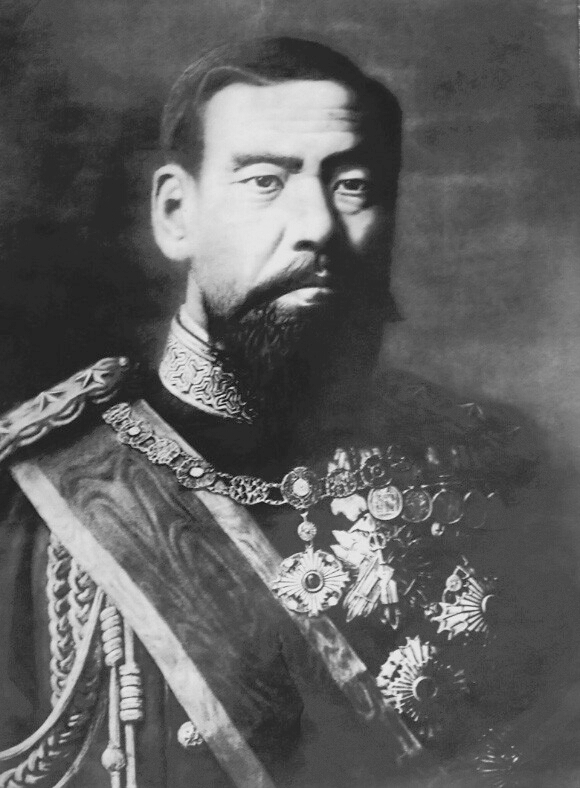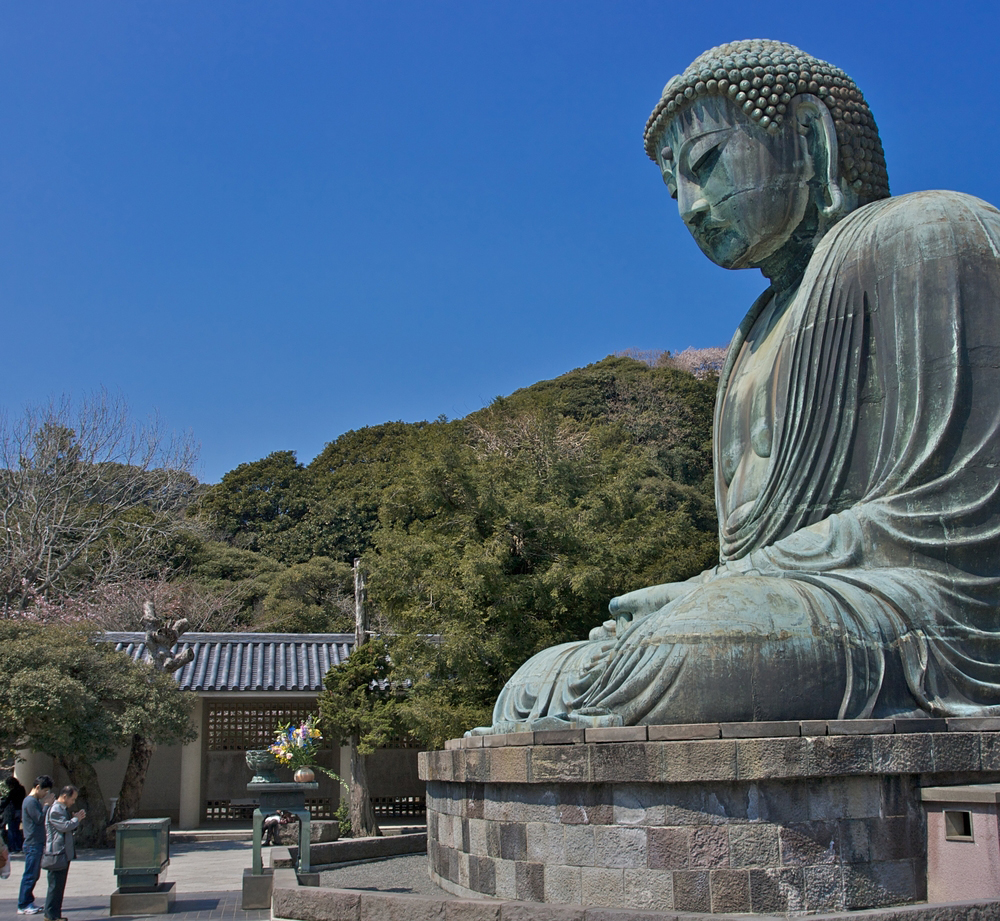
Westernization
The Japanese have encouraged Western music since the Meiji period, when it initially infused into Japanese culture through the educational system. While many traditional Japanese genres and instruments are still popular today, they bear strong Western influence. Some elements of Western music that have shaped Japanese music include instrument design, music theory, pedagogy, tuning, timbre, pitch, steady rhythm, and harmony.
The national music curriculum of the 1870s introduced Western musical elements through singing, specifically with the widespread use of shôka songs. Shôka songs pair melodies based on Japanese traditional scales with Western regular meter and stanza form.
During the Shin-Nihon Ongaku movement of the 1920s and 30s, the physical structure of Japanese traditional instruments changed in order to accommodate Western scales. Increased focus on Western instruments adversely affected the popularity and familiarity of many traditional Japanese instruments.
The spectrum of Japanese music includes completely Westernized music (i.e., traditional Japanese music influenced by the West) and some traditional music seemingly untouched by Westernization. We will explore characteristics of both in the music examples to come.
Religion
Elements of Shintoism and Buddhism permeate Japanese culture both in daily life and in the arts. In many sects of Buddhism, self-realization relies on art and music as heavily as it does on meditation and scripture.
Shinto, or the way of the Gods, is the indigenous religion of Japan. Shinto has no founder, and no single sacred scripture. Followers focus on the innate goodness of man, worship their ancestors, and celebrate passages-of-life with festivals. Shinto gods, or kami, are sacred spirits that embody elements of nature, such as wind, rain, waterfalls, plants, and rocks.
Shintoism does not require the exclusion of other belief systems, so it coexists well with Buddhism. In fact, 95% of Japanese citizens are both Shinto and Buddhist. For many, Shintoism governs the joyous side of life, while Buddhism governs the somber side.
Zen, or meditation, came to Japan in the 13th century. As a fundamental aspect of Japanese religion, Zen Buddhism has had a strong influence on most Japanese art forms, including music. Much of the traditional music we explore in this module is shaped by concepts of Zen Buddhism such as simplicity, enlightenment, self-understanding, meditation, and spiritual discipline.





Although Bon is a religious festival in Japan, most Bon dancing songs are now secular in nature.






